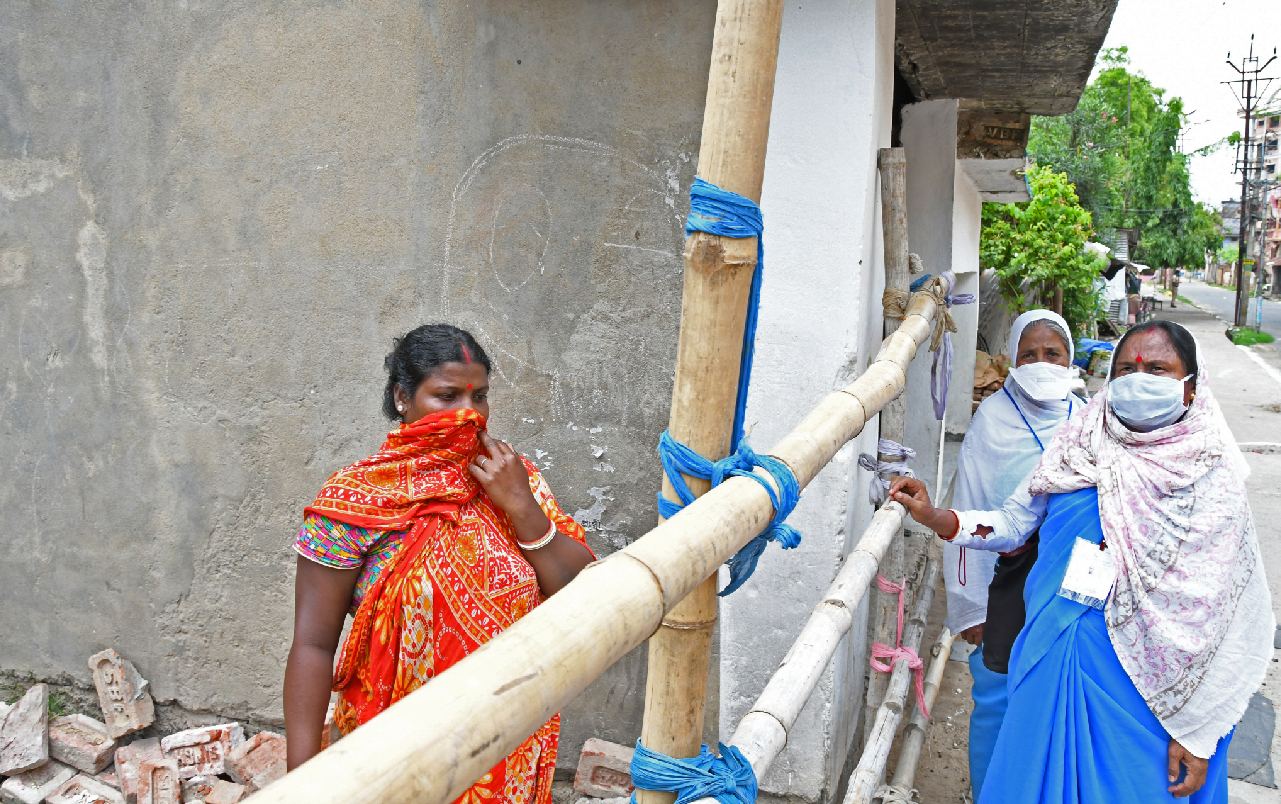Originally published on Post2015.org - what comes after the MDGs? In this blog post, Debapriya Bhattacharya, Chair of the Southern Voice…
India is a cautionary tale of what bureaucracy can achieve in times of crisis, and how much is at stake for a country when it doesn’t work.
Smack amid the COVID-19 pandemic in August came the concerning news: over 600 thousand health and nutrition frontline workers were going on strike. These are the people who are securing India’s pandemic response. They are popularly known as ASHAs and Anganwadi workers. Among their demands were better working conditions and minimum wages. Yet the complexities of public administration that led to the strike are not easily fixed and might offer lessons for other developing countries.
The ASHAs are critical to the Indian government’s National Health Mission. Anganwadi workers (AWWs) on the other hand, are the backbone of the Integrated Child Development Services scheme, functioning for over four decades now. As of 2019, there were over 2.2 million ASHAs and AWWs. All of them are women, as mandated by government guidelines.
Before the pandemic, ASHAs only received compensation for government-determined basic health activities. And Anganwadi workers earned an honorarium of about USD 60 per month for their early childhood and maternal nutrition work. They did not receive fixed wages, as both are considered to be voluntary workers and are not government employees.
Yet, caught in the pandemic, the two cadres have been pivotal for contact tracing, monitoring, awareness-raising, and the difficult task of convincing people to follow social distancing norms. The Indian government announced extra monetary incentives and insurance cover for doctors, lower-tier officials and frontline workers, like the ASHAs and Anganwadis. They are celebrated as ‘Corona Warriors’. But is that enough?
A slow response to the pandemic
The government’s containment strategy has extensively relied on checking the contagion’s spread in communities, which the lower administrative tier directly engages with. The decision is vital for two practical reasons:
- Firstly, a substantial portion of the country’s population still lives in rural areas.
- Secondly, if left unchecked, India’s resource-strapped rural public health infrastructure cannot cope with a steady rise in infections.
For seven months, more than 5 million frontline workers and local government staff have been deployed. India installed a strict lockdown in March. The country sealed its borders. It disengaged the world’s fourth-largest railway system and restricted mobility within and among states. Even as community-based workers knocked on doors, the pandemic response stumbled. The supply of masks, sanitisers and other personal protective equipment in the initial months was not steady. According to a reliable news report, as many as 15,000 frontline workers tested positive for the virus by mid-July.
A broken system
As I write this, the country is gradually lifting lockdown. Overburdened frontline workers now have to multitask both pre-pandemic and COVID-19 duties.
The pandemic response led to the largest mobilisation of the bureaucracy in modern India. It is a tectonic event. It has laid bare deep fissures in the bureaucratic system. Many of these challenges came out in a series of interviews by the research group Accountability Initiative at the Delhi-based Centre for Policy Research (CPR). Examples range from an ASHA worker who spoke of juggling multiple priorities to an Anganwadi worker concerned about bringing the village-level health and nutrition centre back on track.
All these experiences point to a larger problem. The system has been on the boil for a long time. A survey with Block Development Officers – who are responsible for managing development schemes in administrative tiers called Blocks – found ‘bureaucratic overload’ to be pervasive. In another analysis, researchers interviewed education administrators. They reported feeling like ‘cogs in a wheel’ and ‘messengers’, servicing a hierarchical chain of command.
In other words, these individuals seem to have little buy-in into the system they are part of. The system too was underprepared for a pandemic.
Building back better
Around the world, we hear about broken health systems, laggard administrative implementation, and overwhelmed public workers defending countless lives by risking their own. They are often hailed as heroes. Yet, their struggles within lower bureaucracies are not being seen, let alone tackled.
In most developing countries, government schemes are bound to be impacted in the long-term. An individual’s motivation and desire to serve the community in the face of great odds is not enough in post-pandemic times. They need a system that supports them on all levels.
There is already talk of ‘building back better’ in many countries. One way to do this is to place the lower bureaucracy at the centre of this effort.
Text editor: Gabriela Keseberg Dávalos


